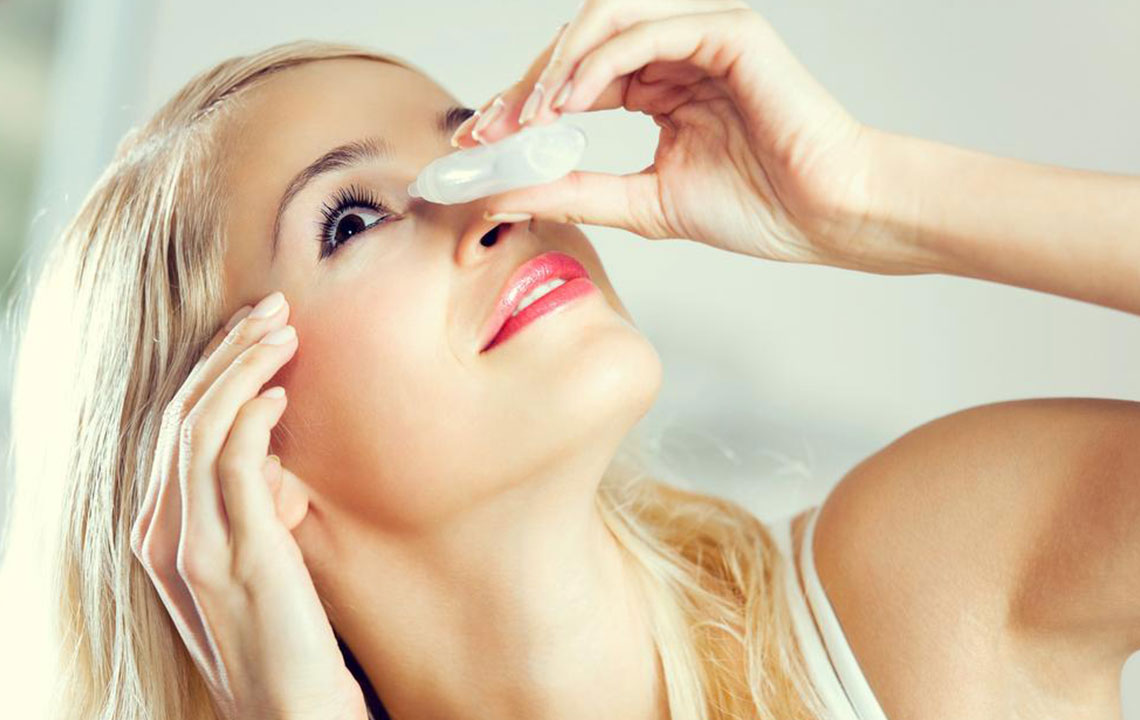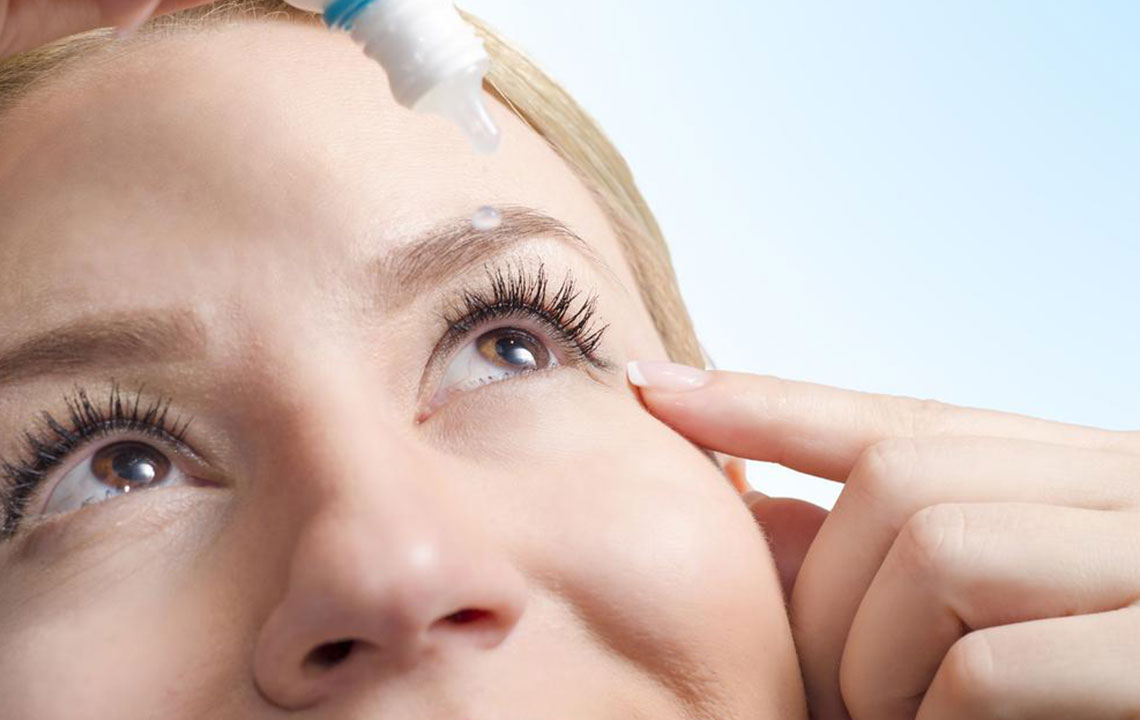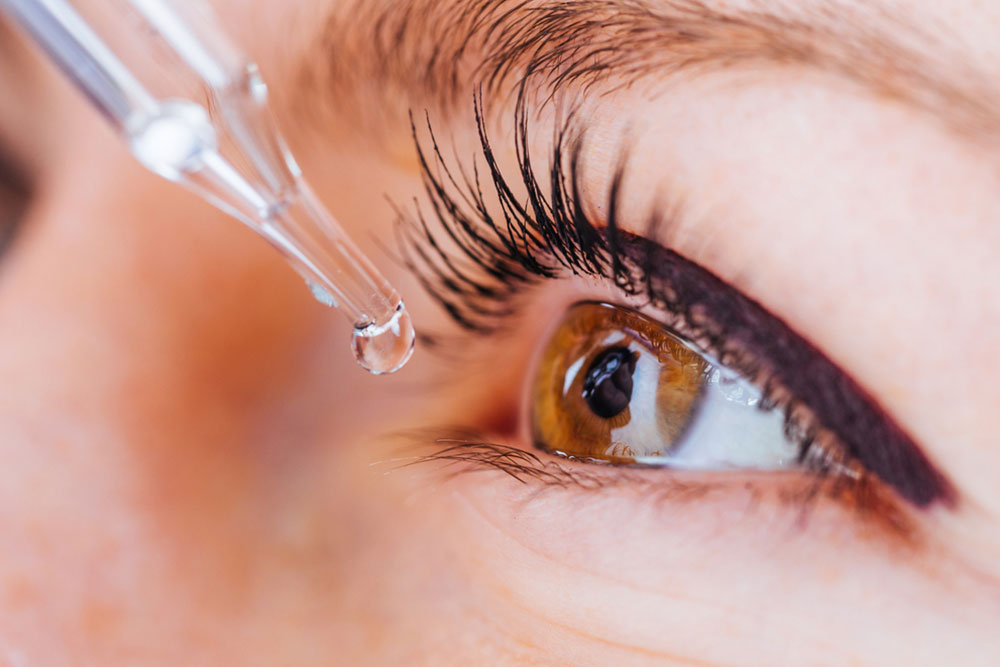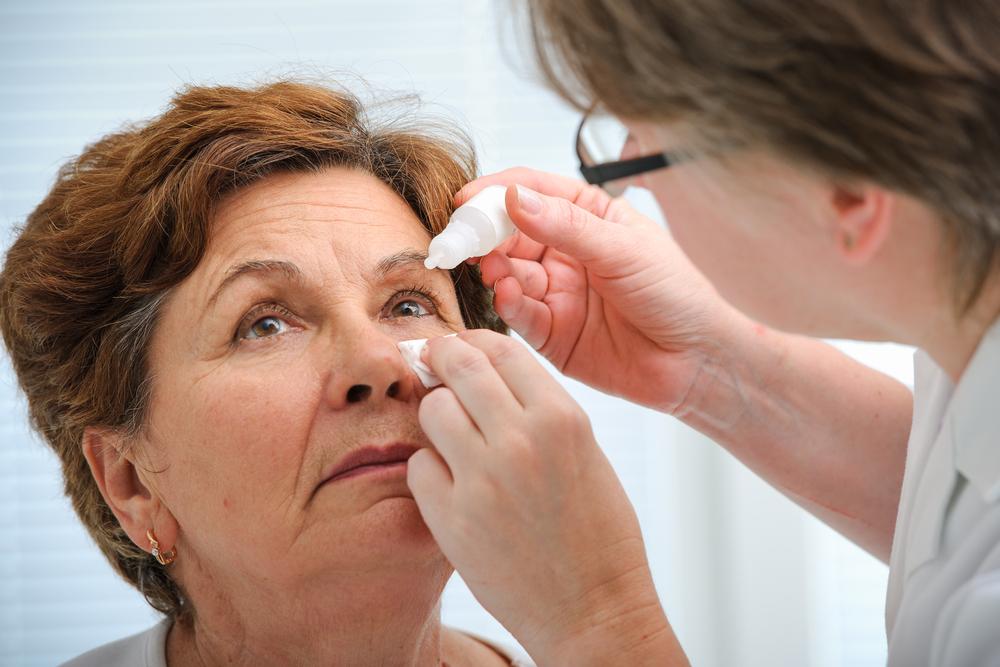Understanding Dry Eyes: Symptoms, Causes, and Treatment Strategies
Dry eyes, caused by insufficient tear production or rapid evaporation, lead to discomfort, redness, and blurred vision. This comprehensive guide covers symptoms, causes such as aging and environmental factors, and various effective treatments. From artificial tears to advanced therapies like Lipiflow and dietary supplements, managing dry eye syndrome is achievable. Consulting an eye specialist is crucial for personalized care to restore comfort and maintain healthy eyes. Early intervention can significantly improve quality of life for affected individuals.
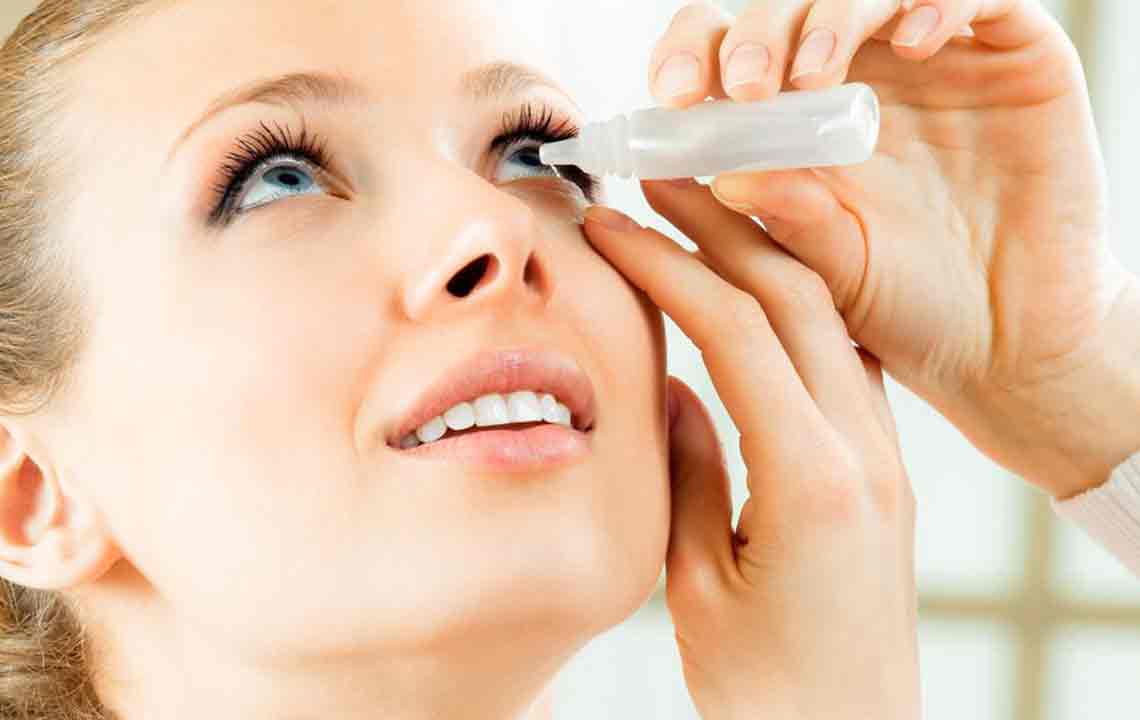
Understanding Dry Eyes: Symptoms, Causes, and Treatment Strategies
Dry eye condition occurs when the eyes do not produce enough tears or when tears evaporate too quickly. Tears are vital for maintaining eye moisture, lubrication, and comfort. They consist of water, oils, mucus, and antibodies to protect against infections. These components are produced by glands around the eyes. When these glands falter, dry eye symptoms arise due to insufficient tear production, leading to discomfort and vision issues.
Symptoms of Dry Eyes
When tear production decreases, common signs include:
Dry, scratchy, and painful eyes
Sensation of foreign particles in the eyes
Redness and persistent itchiness
Fatigue in the eyes
Blurry vision
In some cases, reflex tearing occurs due to irritation, leading to excessive blinking and more tears that do not effectively lubricate the eye surface, similar to the sensation of sand in the eyes. The tear film may wash away debris but fails to keep the eyes moist enough.
Common Causes of Dry Eyes
Multiple factors contribute to dry eye syndrome, including environmental influences. For instance, air conditioning, heating, wind, and dry climates can dehydrate the eyes. Activities like long screen time, reading, or working on computers exacerbate dryness. Age-related changes, menopause, and reduced tear production are also significant contributors.
Medications such as antihistamines, diuretics, antidepressants, and beta-blockers often cause dry eyes as a side effect. Eye surgeries, especially laser procedures, may temporarily or permanently reduce tear production. Excessive contact lens wear can also dry out the eyes, but adjusting usage can alleviate symptoms.
Treatment Options for Dry Eyes
Dry eye syndrome is often chronic and progressive; while it may not be entirely cured, it can be managed effectively. Most treatments aim to improve comfort and reduce symptoms. Consulting an eye specialist is essential to determine the best approach for each individual.
Artificial tears are the most common remedy for mild cases, providing lubrication through over-the-counter eye drops. For persistent dryness, thicker, viscous drops or ointments at night can offer prolonged relief.
Prescription medications such as Restasis (cyclosporine) work to reduce eye inflammation and stimulate natural tear production. Patients typically need to use these drops for at least 90 days for full benefits.
Other treatments include testosterone creams to improve oil gland function, Xiidra to decrease inflammation, and Lipiflow therapy, which uses heat and pressure to unblock oil glands. Short-term use of steroid eye drops may also be recommended.
Dietary omega-3 fatty acids from sources like fish, walnuts, and flaxseed can help alleviate dry eye symptoms by supporting tear film stability.
Always seek professional advice to determine the most suitable treatment. Managing dry eyes effectively can lead to significant symptom relief and improved eye health.


